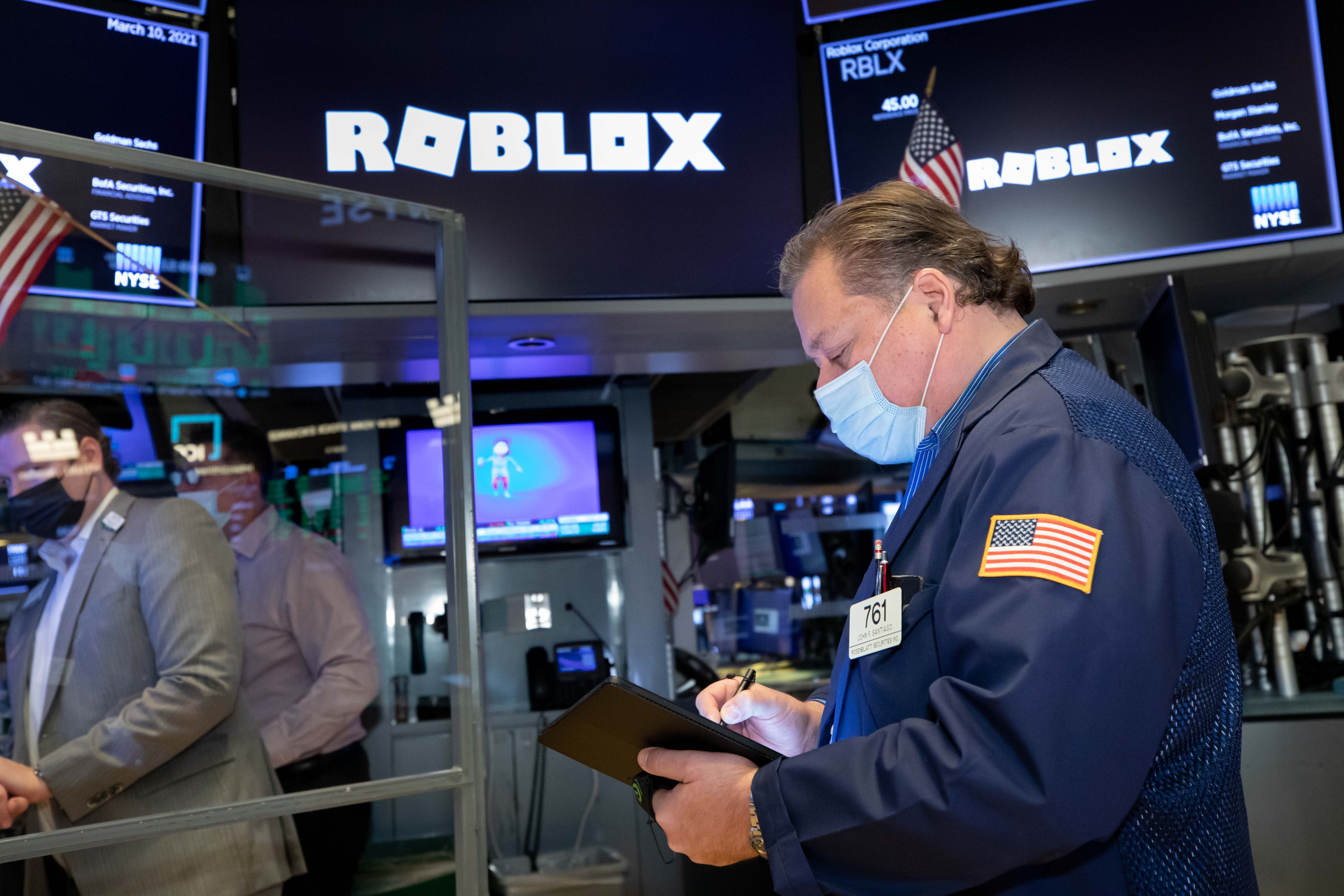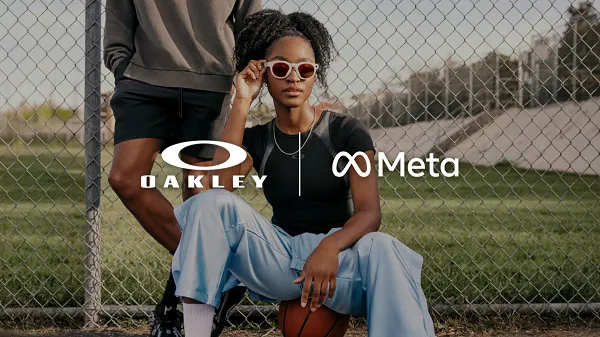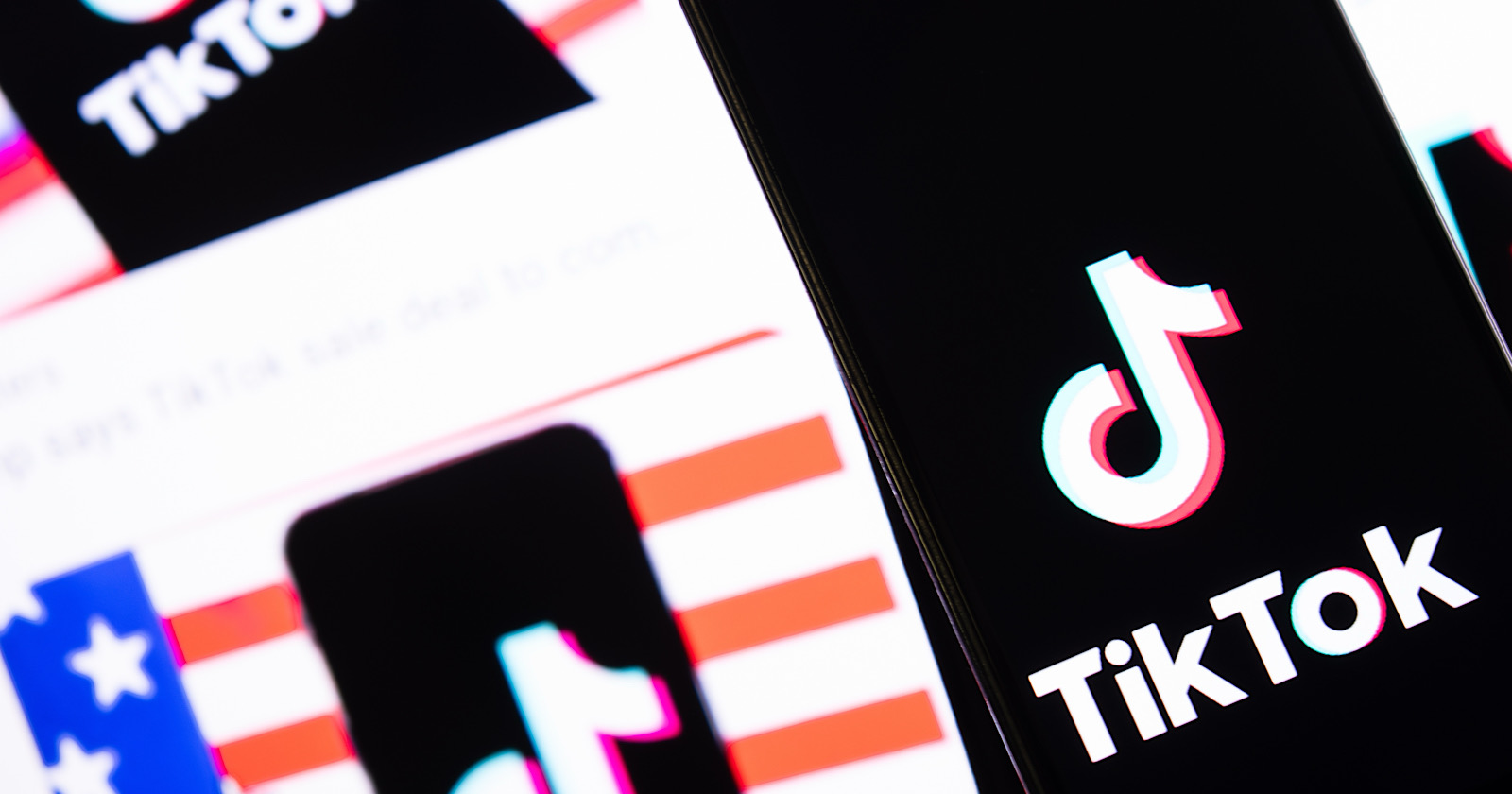Apple MacBook Pro 16 (2023) review: the core count grows
Apple’s new MacBook Pro 16 with M2 Max has exactly one significant upgrade from the 2021 model: a more powerful chip. Continue reading…
/cdn.vox-cdn.com/uploads/chorus_asset/file/24371431/236492_MacBook_Pro_16__2023__AKrales_0114.jpg)
We meet again, MacBook Pro 16. And it’s a rather boring meeting. We don’t have all that much to say to each other.
The 2023 MacBook Pro 16 is almost exactly the same as the 2021 MacBook Pro 16 except that there is a new chip inside. And just to get one thing out of the way: no, there is not a good reason to buy the 2023 model if you already have the 2021 model. I don’t assume many folks were thinking of doing that. But in case you were tempted, consider this a friendly finger wag in your direction. Your $2,500-plus 2021 model is still fine.
With the straightforward question addressed, we can dive into matters that are a bit more interesting and less straightforward. This is going to be an unusual review in that you (the reader) and I (the writer, hello) have access to all the same information. I won’t be talking about the keyboard, touchpad, or anything of that sort because those are all the same as they were on the 2021 MacBook Pro 16, and you can just go read about that.
What I’ve done here is run various benchmarks on the 2023 MacBook Pro 16 (I was sent a $4,299 M2 Max model with a 12-core CPU, 38-core GPU, 64GB of memory, and 2TB of storage — eight performance cores, four efficiency cores), and I’ll be presenting you with all of the numbers I got. I’ll be telling you my interpretations of those numbers, but the way I’m interpreting them doesn’t necessarily need to be the way you interpret them; our opinions on how many real dollars a make-believe Cinebench point is worth are all our own. (Note: while we reviewed the 16-inch M2 Max MacBook Pro here, most everything save for our battery life impressions can also apply to the 14-inch model, which can be configured identically.)
All that said, I do have opinions about those numbers, and you presumably clicked on this article because you’re at least somewhat interested in hearing what they are. I’ll be dividing them into two broad areas: the M2 Max vs. the M1 Max, and the M2 Max vs. the M2 Pro.
Alright. Get out your calculator and take a good long look at the charts below. When you’re ready, let’s dive into this together.
Our M1 Max MacBook Pro unit is still in transit to me, so I haven’t been able to run the XcodeBenchmark on it by the time of this review’s publication. We’ll get this result into the table ASAP.
How much better is the M2 Max than the M2 Pro?
Full disclosure: we were not sent an M2 Pro MacBook to review in time for this article’s publication. We’re working on getting one. In the meantime, we do have a Mac Mini with an M2 Pro chip inside, which I’ll be using for comparison here. That unit has a 12-core CPU, 19-core GPU, 1TB of storage, and 16GB of memory. (While the Mac Mini and the MacBook are different form factors, the M2 Pro is so efficient that I wouldn’t expect this to cause huge discrepancies between their scores.) The only thing we can’t test on the Mini is battery life, so stay tuned for an update on that.
The M2 Pro is available with 10 GPU cores in the 14-inch MacBook Pro, but in the 16-inch model, both the M2 Pro and M2 Max have 12. That makes GPU power the significant difference between these two chips. The M2 Pro has 19 GPU cores (and can come with 16 in the 14-inch model), while M2 Max buyers have a choice of 30 or 38.
Still no USB-A.
Can charge with USB-C or MagSafe.
There are a couple other distinctions to be aware of. Foremost, the M2 Pro starts at 16GB of memory and maxes out at 32. The M2 Max starts at 32GB RAM and goes up to a whopping 96GB. (Although that option is only available with the 38-core CPU — don’t you love how straightforward this all is?) M2 Max systems also have twice the memory bandwidth (400GB/s to the M2 Pro’s 200GB/s).
Oh, and there’s a big price difference. As mentioned, our 16-inch review model spec costs $4,299. The absolute cheapest 16-inch M2 Max model would be $3,299, and the cheapest 16-inch M2 Pro model would be $2,499. (The additional RAM is a big chunk of that upgrade.) The 14-inch model starts at $1,999, though it has fewer CPU and GPU cores in its very base configuration.
You’re looking at a 16.2-inch Mini LED display with 3456 x 2234 resolution.
The M2 Max and the M2 Pro are neck and neck on the CPU-bound synthetic benchmarks we ran. In most cases, the M1 Max was a bit ahead but within the margin of error. We can look to the XcodeBenchmark as well, a task that we’d expect to be CPU-intensive. The scores are close together.
Looking at benchmarks that measure graphics, by contrast, the M2 Pro and M2 Max appear to be on different planets. The M2 Max is far and away the most graphically powerful laptop chip that Apple has released; the M2 Pro is much closer to the rest of the pack. The M2 Max machine got the fastest time I’ve ever seen from a laptop on our 4K Premiere Pro export test (which is GPU-accelerated); the M2 Pro Mac Mini took over a minute longer. On both Geekbench Compute and the Puget Systems benchmark for Premiere Pro, the M2 Max displayed over a 40 percent increase over the M2 Pro. (Neither system is touching the ludicrous M1 Ultra, of course.)
But the most drastic improvement is also the one that’s likely least relevant to the average Mac user: gaming. The M2 Max put up 103fps on Shadow of the Tomb Raider’s highest settings at 1920 x 1200 resolution, a whole 66 percent improvement over the M2 Pro. That’s a very visible difference — the sort of difference that gamers spend extra money on high-resolution screens in order to see.
The notch is still with us.
I think — put the pitchforks away, I know these are totally different things and there are all sorts of problems with this comparison — that the simplest way to think of the MacBook Pro with M2 Max is as the addition of an RTX 3070 GPU. It’s not quite providing the frame rates that we’ve seen from the biggest RTX 3070 computers out there (MSI’s GS76 gave us 114fps, for example) but it’s not too far off, and it’s well above what we’d expect to see from an RTX 3060 gaming machine. The M2 Pro Mac Mini, which only put up 62fps on Tomb Raider, is closer to RTX 3050 territory.
Now, the MacBook Pro 16 with M2 Max is not a gaming laptop. It’s a Mac. If you want a gaming laptop, you can get actual RTX 3070 gaming laptops for over a thousand dollars less. I’m merely proposing this as a thought experiment for those debating between the M2 Pro and M2 Max. The M2 Pro, like the RTX 3050, can handle the occasional game, has no trouble with Premiere, and is fine for most people. Folks who are buying a laptop primarily to do a graphically intensive task will have a more fun time on the M2 Max.
Stick some RGB on this, and it could be a (very expensive) gaming laptop.
How much better is the M2 Max than the M1 Max?
The M2 Max is an incremental upgrade. I don’t mean to use that word as a synonym for “inadequate” or “boring”; I just mean that the M2 Max is a relatively similar package to the M1 Max. The MacBook Pro 16 with M2 Max is also priced the same way the M1 Max model was, though you can now regularly find the M1 Max on sale.
There’s no shortage of USB-C ports, but I’m still missing USB-A.
Here’s what’s different (in addition to the fact that the M2 Max uses Apple’s second-generation architecture). The M1 Max maxed out at 10 CPU cores, while the M2 Max has 12 — though it’s worth noting that those two additional cores are efficiency cores. The M1 Max maxed out at 32 GPU cores, while its successor has up to 38. And the M2 Max can also accommodate up to 96GB of memory where its predecessor was capped at 64. (Though our review unit has 64GB, as did our M1 Max model.)
This means, by the way, that the M1 Max still has fewer CPU cores but quite a few more GPU cores than the M2 Pro, which will explain some of the numbers here.
This system was running macOS Ventura 13.2.
One other thing: the MacBook Pro 16 with M2 Max is hotter and louder than the M1 Max machine was. While it was running PugetBench, the M2 Max machine’s fans were so loud that people across the office were coming over to see what was going on. I would not have wanted to be typing at that time — the top of the keyboard was toasty. I only saw this during PugetBench — it was not at all loud or hot during everyday Chrome usage — but the M1 Max machine, by contrast, was astonishingly silent and cool all throughout my testing period.
This is the part that got quite hot.
Anyway, what do the numbers show? I’m going to come right out and say that the most impactful difference between the M1 Max and the M2 Max is the efficiency. For my particular workload (which includes office work in 20-ish Chrome tabs at a time with occasional streaming overtop through Apple Music, Apple TV, and the like) that translates to several additional hours of work that I can get to one charge. I usually got just around 10 hours out of the MacBook Pro 16 with M1 Max; I’m averaging close to 14 out of the M2 Max model and have seen over 18 hours from some trials. Everyone’s workload is different, but I’m confident most people will see additional hours of battery life from the 2023 MacBook Pro. (I expect to see an even longer lifespan from the M2 Pro machine based on the M1 Pro’s impressive results.)
Those few hours are quite a big deal in the current laptop landscape. The MacBook Pro 16 with M2 Max is now very competitive (in battery life) with pretty much every other laptop on the market. That includes laptops like LG’s Gram and Asus’ ExpertBook, whose entire shtick is long battery life — the M1 Max was a bit behind those models, while the M2 Max is very well ahead.
Look how much touchpad there is!
Getting into the benchmarks, we’re looking at around a 20 percent CPU uplift in multicore performance and a 10–15ish percent increase in single-core performance in the tests we ran. We also saw around a 20 percent increase in graphic performance on Geekbench and Tomb Raider. We did not see that large of an increase in Premiere Pro performance, where scores were much closer together, so take from that what you will if you’re primarily looking to edit video on this machine.
We’re looking at a solid 20 percent CPU uplift in multicore performance
There’s an elephant in the room, which may already be evident to some readers from the somewhat tepid tone of my summary here. If the differences between the M1 Max and the M2 Max are so incremental but the M1 Max is now being sold for clearance prices at places like Best Buy and Amazon, should one not just purchase a discounted or refurbished MacBook Pro 16 with M1 Max instead?
Short answer: maybe. Long answer: it depends on the discount. Here’s one way to look at it: as of this writing, there is a 10C / 32C / 32GB / 1TB M1 Max machine on sale for $2,999 on Amazon. A similarly specced M2 Max device is currently going for $3,499 on Apple’s website, meaning that you’ll be paying 14 percent more for a 15–20 percent increase in multicore CPU power. On paper, that seems worth springing for — especially considering the battery life impact — but any markdown bigger than that makes the M1 Max look like a better deal.
Of course, most people don’t shop this robotically. Many people (especially those with pockets deep enough to be shopping in this category) just want the shiny new thing. To which I say: fine. It’s faster. It’s not knock-your-socks-off faster, but if your job depends on your compiling and exporting being super hella fast, it’s not like there’s no difference.
The question of whether to buy this laptop has gotten a bit more... complicated.
Who is the MacBook Pro 16 with M2 Max for?
Ultimately, the MacBook Pro 16 hasn’t changed all that much since 2021. But the laptop market has.
Intel’s laptop chips couldn’t hold a candle to the M1 Max’s CPU performance when those first 16 inchers hit shelves. That’s no longer the case, and I don’t expect it to be the case this upcoming year. Intel’s Core i9-12950HX has put up multicore scores that are quite competitive with these. The company has a 24-core chip coming out that looks likely to blow every benchmark out of the water. AMD has a 16-core monstrosity on the way, and that one’s not even using big.LITTLE architecture with different sized cores. I don’t expect that Intel’s and AMD’s top H-series chips will be out of their depth in the Geekbench database this year.
That doesn’t make the MacBook Pro 16 any less of a good purchase. It does mean that the archetypal 2021 M1 Max buyer and the archetypal 2023 M2 Max buyer look a bit different.
It does mean that the archetypal 2021 M1 Max buyer and the archetypal 2023 M2 Max buyer look a bit different
The M1 Max, despite having less raw power than its successor, was the obvious choice for shoppers trying to maximize their CPU power in 2021. The M2 Max is no longer that — the core-hungry shopper who never unplugs their laptop will have better options from Intel and AMD in 2023. What we don’t expect those options to have, in any capacity, is battery life. That’s where the M1 Max is the undeniable champion. And that’s the calculus that does remain unchanged from 2021: the MacBook Pro 16 remains the best combination of performance and efficiency that you can get. That’s why the M2 Max, despite being more powerful than the M1 Max, may target less of a “power user” crowd this year.
The MacBook hasn’t changed all that much, but the competition has.
If I ran a Windows laptop company, I wouldn’t be too scared of the MacBook Pro 16 with M2 Max. What I’d be terrified of is the backlog of M1 Max and M1 Pro laptops that are about to go on big-time sale. If even one of those 16-inch models (okay, maybe not one with 16GB of RAM) is regularly available for less than $2,000, I can imagine that tempting even some of the most loyal Windows users.
Even with performance aside, the MacBook Pro 16 is far ahead of most Windows laptops in areas like screen quality, audio, touchpad size, and build. And there are just so many compromises that today’s Windows workstations ask when it comes to battery life, efficiency, noise, and heat — and if you can get your hands on one of these 16-inch MacBooks, you just don’t have to worry about any of them anymore.
Agree to Continue: Apple MacBook Pro 16
Every smart device now requires you to agree to a series of terms and conditions before you can use it — contracts that no one actually reads. It’s impossible for us to read and analyze every single one of these agreements. But we started counting exactly how many times you have to hit “agree” to use devices when we review them since these are agreements most people don’t read and definitely can’t negotiate.
In order to get past the setup and actually use the MacBook Pro, you are required to agree to:
These agreements are nonnegotiable, and you cannot use the laptop at all if you don’t agree to them.
There are also several optional agreements, including:
The final tally is three mandatory agreements and six optional ones.

 ShanonG
ShanonG 






























